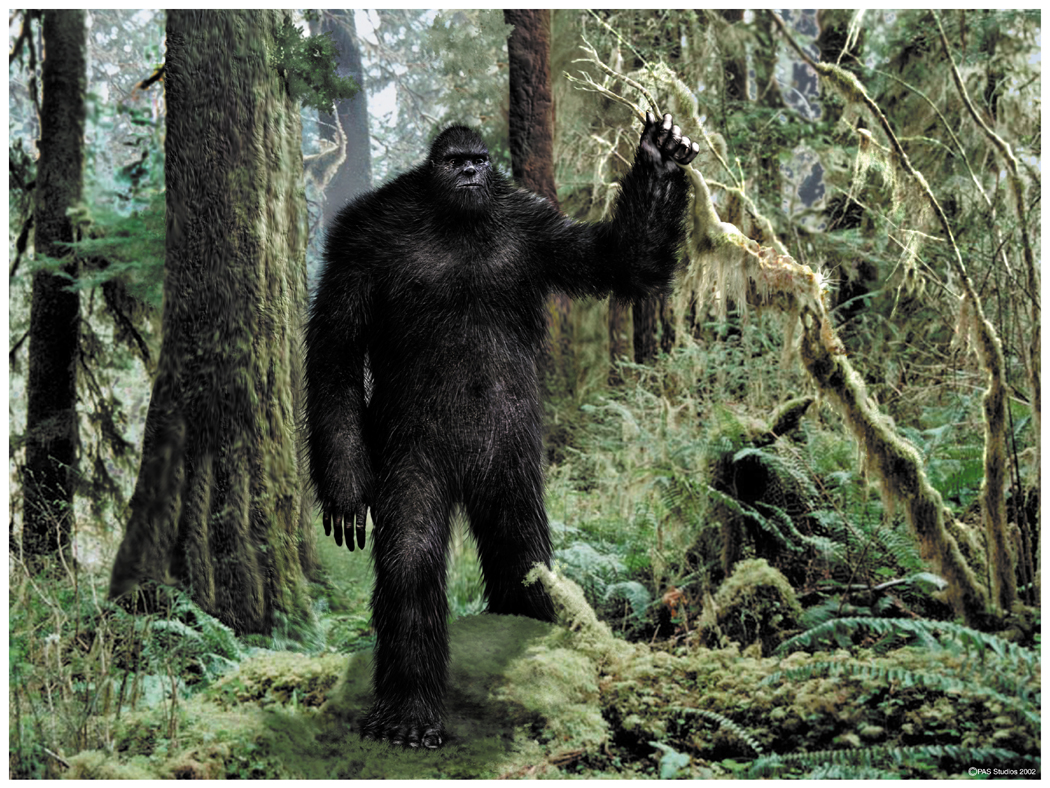Humans have a fascination with the remains of our ancestors. There are many examples in the Museum of ways that artifacts have been preserved for religious, magical, and historical purposes. Some of our items have come with a little extra, such us Emily, the skeleton which arrived with a ghost who haunts the Museum.
Of course, by some standards our collection is ridiculously tame. Here is a fascinating panoramic view of a bizarre chapel in Czermna, Poland, constructed with human skulls and bones. Move your mouse around in the picture to look all around.
You can read more about this fascinating monument in this article from the Smithsonian Institute.
There is also the Seldec Ossuary, also known as “the Kutna Hora bone church.” This video tour shows how human bones have been used to create chandeliers and other things in the monastery.
Are these the vestiges of superstition, throwbacks to a time when we looked for souls in a sneeze? Are they respect for the vast number of lives who have come before us? Are they just weird art?
Come to the Museum of the Weird and experience our mummies, skeletal items, and other bizarre examples of how people have kept the dead near by. See some other examples of bone monuments in this article by Mental Floss.


